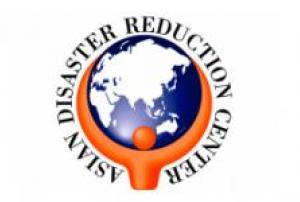Landslide
Definition
Facts and figures
Further information
UN-SPIDER Regional Support Offices with hazard-specific expertise
Related content on the Knowledge Portal
The National Research and Innovation Agency of Indonesia (BRIN, UN-SPIDER Regional Support Office in Indonesia) recently discussed the use of remote sensing technology in landslide mitigation.
Landslides occur frequently throughout Indonesia, and at a much higher rate when compared to other natural disasters such as floods, windstorms and earthquakes, with 7024 incidents occurring in the last decade. The Head of the BRIN Geoinformatics Research Center spoke on how improvements in remote sensing technology have enabled the production of high resolution imagery that can be used to detect land cover changes and map hazards like landslide occurrences. Additionally, the accessibility of publicly available datasets and imagery has grown, making such practices more cost effective as well.
With the continual developments in the field of remote sensing, BRIN and other research organizations will be able to to study the occurrences of…
read more09/05/2024The Space and Upper Atmosphere Research Commission (SUPARCO) of Pakistan and the United Nations Office of Outer space Affairs (UNOOSA) signed the cooperation agreement on the establishment of a UN-SPIDER Regional Support Office (RSO) on the occasion of the 47th Scientific and Technical Subcommittee sessions on 12 February 2010.
SUPARCO, the national space agency, was established in 1961 as a Committee and was granted the status of a Commission in 1981. SUPARCO is mandated to conduct R&D in space science, space technology, and their peaceful applications in the country. It works towards developing indigenous capabilities in space technology and promoting space applications for socio-economic uplift of the country.
Address:
Pakistan Space and Upper Atmosphere Research Commission (SUPARCO)
Islamabad Highway,
Islamabad-44000 PakistanMission/Objective:
To…
read moreLe Centre Asiatique pour la Prévention des Catastrophes (ADRC) et le Bureau des Affaires Spatiales des Nations Unies (UNOOSA) ont signé l'accord de coopération sur l'établissement du Bureau Régional d'Appui (BRA) ONU-SPIDER de l'ADRC à l'occasion de la 52ème session du Comité des Utilisations Pacifiques de l'Espace Extérieur (COPUOS) le 4 juin 2009.










